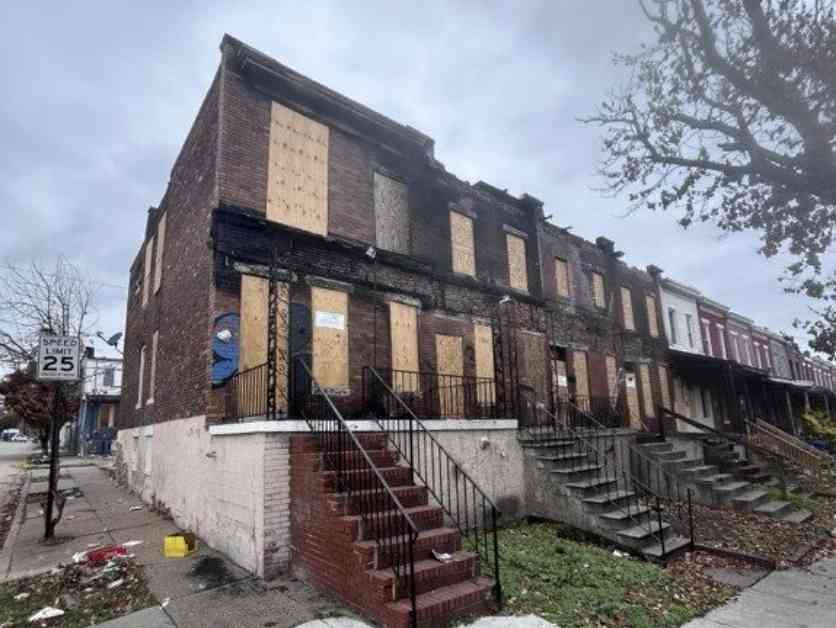Two brothers, standing on Annapolis Street in Westport, Baltimore, paint a bleak picture of their neighborhood. They speak of rampant crime and the ubiquitous presence of guns, highlighting the challenges faced in a community plagued by vacant homes and addiction. This stark reality sets the stage for a deeper exploration of the complex issues facing Westport.
Once a bustling hub with a vibrant mix of families and local businesses, Westport now stands as a somber reminder of the city’s ongoing struggle with vacant properties and their far-reaching consequences. Nestled between Route 295 and the Port of Baltimore, Westport has become a haven for individuals seeking drugs and a secluded space to use them, away from prying eyes. This influx of outsiders has only exacerbated the challenges faced by long-time residents fighting to preserve the essence of their community.
Keisha Allen, the president of the Westport Neighborhood Association, reflects on the neighborhood’s evolution, lamenting the changes that have unfolded over the years. The proliferation of vacant homes, often housing squatters and serving as drug havens, has transformed the landscape of Westport. Lisa Hodgens Hiken from the Westport Community Economic Development Corporation echoes these concerns, underscoring the neighborhood’s magnetism for individuals grappling with addiction.
The narrative shifts to the personal experiences of residents like Malcolm Smith, who voice their frustrations with the city’s perceived neglect of Westport. As Smith articulates the challenges of living in a community overlooked by authorities, the broader issue of systemic disparities within Baltimore comes to the forefront. Despite efforts by the Westport CEDC to collaborate with the city’s Department of Housing and Community Development, the burden of addressing these challenges largely falls on local residents and community organizations.
Gentrification looms as a pressing concern for residents like Smith, with the impending One Westport project threatening to reshape the neighborhood’s landscape. While development promises progress and investment, the juxtaposition of wealth and neglect in Westport remains a stark reality. Allen expresses discontent with entities like HC Baltimore LLC, accused of mismanaging vacant properties and exacerbating the area’s decline, underscoring the need for sustainable solutions to uplift the community.
The article delves into the social fabric of Westport, with residents highlighting the absence of support systems for vulnerable populations, such as at-risk youth and victims of human trafficking. As the community grapples with these deep-rooted issues, leaders like Allen and the Westport CEDC remain steadfast in their commitment to fostering positive change. Through initiatives aimed at promoting a cleaner, greener, and healthier Westport, these organizations strive to showcase the neighborhood’s potential and create a more inclusive environment for all residents.
In the face of adversity, the resiliency and spirit of the Westport community shine through. Despite the challenges that loom large, there is a sense of hope and determination to overcome obstacles and build a brighter future. As the narrative of Westport unfolds, it becomes clear that the road ahead is fraught with complexities, but the collective efforts of community members and organizations offer a glimmer of optimism for what lies ahead. People want to be here. We just need support to make that possible.


















